Philodendron Mexicanum (Big plant)
Original price was: ₹1,090.00.₹796.65Current price is: ₹796.65.
1 in stock
Selling size: Single Plant | Pot included
Size & Growth
Philodendron Mexicanum reaches a height of about 6.5-7 feet within 2 years. However, its leaves have a more impressive growth reaching 1 foot in width and 2 feet in length.
When they’re small, the leaves are narrow and long, however, as they mature, they become tri-lobed.
The spectacle of color the leaves put on as they mature is also something that won’t escape your notice. While still young and in the process of unfurling, the leaves are a glossy, light green.
As they mature, their color deepens turning into a deep, leathery green. The undersides of the leaves feature splotches of magenta or maroon.
Light Requirements
This is a sun-loving philodendron so natural light exposure is essential for its sustained growth. Even so, direct light should be avoided.
Dappled, filtered light will protect the leaves from sunburn while offering them adequate light to grow. Bright indirect light is also good for the philodendron Mexicanum.
If moving it outdoors, you may want to slowly acclimate the plant with its new environment. A bit of gentle direct light such as that in the early morning or late afternoon is unlikely to cause any damage.
Watering
Like with other philodendron varieties — or other tropical plants, for that matter — overwatering is a common mistake that novice plant keepers make.
It’s true that these plants enjoy moist soil, but that’s just it — moist soil and not wet soil. The difference is a thriving plant versus one whose roots are rotting.
To avoid overwatering your plant, you must pay attention to the moisture level of the soil before watering and to the type of potting medium you choose for your philodendron.
The moisture level of the soil can be influenced by a number of factors such as how warm it is, how dry the air is, sun exposure, and so on.
Therefore, it’s not enough to just have a watering schedule, you need to assess moisture levels every time you want to water the plant.
If the top layer of the soil is still moist, you can wait for it to dry a bit before you go ahead with your watering regimen.
Outside of the growing season (fall-winter), you should cut back on how much water you give your philodendrons since they don’t do much growing during that time.
Soil Type
I mentioned how the soil type goes hand in hand with making sure you don’t overwater your philodendron Mexicanum. To this end, you need to pick a potting medium that’s rich, loose and drains fast.
Combinations of perlite, sphagnum moss, peat, orchid bark, coconut coir and compost work wonders on aerating the soil and maintaining adequate levels of moisture without becoming waterlogged.
You can create your own mix or simply go for commercially available ones. Potting mixes created for succulents can work too.
Temperature & Humidity
The temperature range tolerated by philodendron Mexicanum is between 55 F and 85 F, however, the ideal range is between 65 and 75 F.
Because philodendrons are not cold tolerant or frost-resistant, they should not be kept outdoors once temperatures start to dip below 60 F.
Avoid exposing them to temperature variations. The plant should not be kept close to AC units or heating vents.
As for humidity levels, the plant enjoys high humidity, but will adapt to average indoor humidity as well. You can increase humidity levels through occasional misting or with the help of a humidifier.
Fertilizing
If you want to help your philodendron to grow large leaves, routine fertilizing will meet the nutritional requirements of the plant.
Use an organic, high quality fertilizer. It can be a general-purpose fertilizer or a foliage plant fertilizer.
You can use a liquid fertilizer that you dilute and apply monthly or go with a slow-release fertilizer instead.
Regardless of the type of fertilizer, make sure you don’t over-fertilize. Follow dosage instructions and remember that it’s better to under-fertilize than to burn the roots of your plant by adding too much fertilizer.
Potting & Repotting
Because the plant can get top heavy from all those large leaves, invest in a heavy terracotta pot for stability.
This will also offer stability when you need to place a moss pole or other support structure to train the vines of the Mexicanum to climb.
Repotting is needed when the plant visibly outgrows its pot with roots poking out of drain holes or the pot itself.
Repotting can also be a good time to freshen up the soil and trim away any parts of the roots that are diseased or mushy.
Only logged in customers who have purchased this product may leave a review.

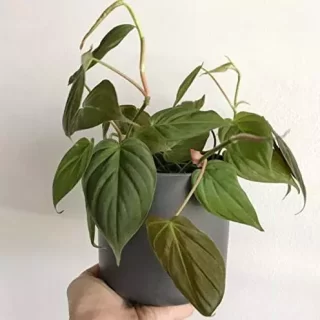
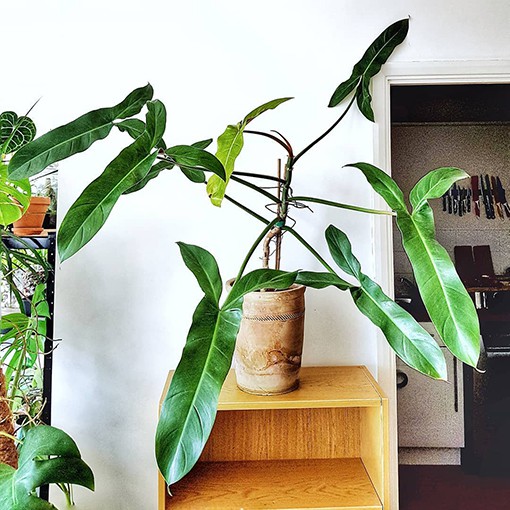
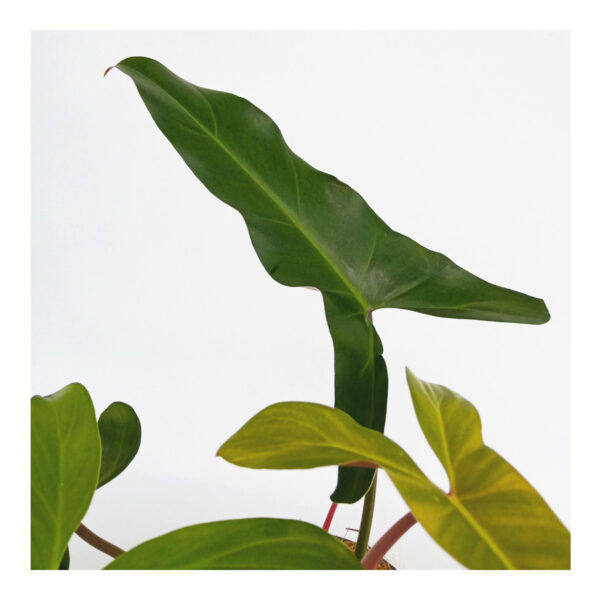

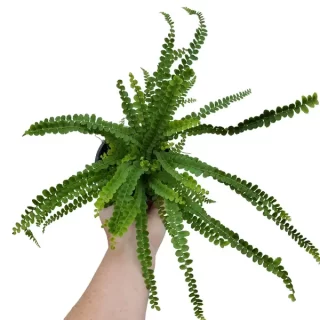
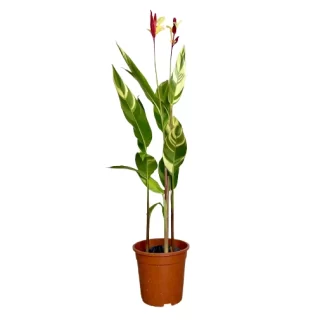
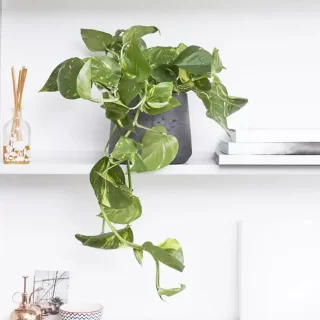
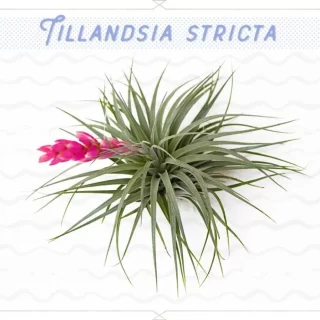
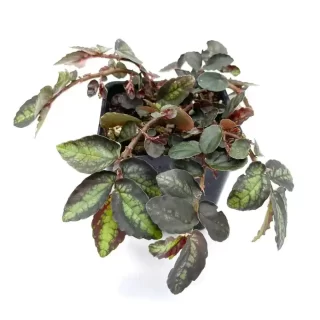
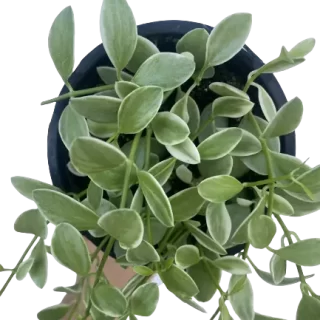


 If you need any assistance, I'm always here. Have you found what you were looking for?
If you need any assistance, I'm always here. Have you found what you were looking for?
Reviews
There are no reviews yet.